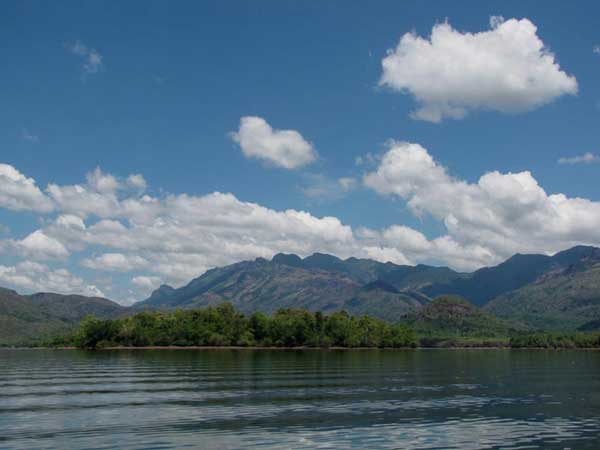
Photo courtesy Davidson Sargunam >>
A group of persons representing the ‘Kani’ indigenous community of Kanyakumari participated in an Indigenous Food Festival conducted by the ‘Save the Western Ghats Conclave -2012’ recently at the hill station of Mahabaleswar in Maharashtra.
The team’s trip was sponsored by the Tribal Foundation based in Nagercoil.
The environmental educator, S. S. Davidson, who led the team, said the objective of the festival was to uphold and showcase the rich traditional food culture of the indigenous communities living in the Western Ghats and to share the traditional food with others.
The modernisation and sophistication that has crept into the present lifestyle should not erase out the traditional food culture of the country.
The team prepared and served ‘steam-baked’ tapioca with a wild chilli called ‘kanthari milagu’ and coconut chutney, a traditional food item of the ‘Kani’ tribes.
They also served the ‘therali appam,’ a baked sweet rice cake, an amalgamation of rice flour, cane jaggery, green gram, dried ginger powder and cardamom, and then wrapped in ‘therali’ leaf (cinnamon leaf).
The ‘Kani’ tribes also prepared and served organic banana chips and two types of tapioca chips, round cutting and finger cutting.
The materials for the chips were taken from the agro-forestry products cultivated by the ‘Kani’ indigenous community. […]
Tribal Foundation was motivating the ‘Kani’ community to make value-added products from their agricultural produce to generate additional economy and create employment in cottage industries, especially for women.
A herbal tea, made of tea, Palmyra jaggery, tulsi and cinnamon bark was prepared and served, explaining the value and health effects of the herbal materials added in the traditional drink and the adverse effects of some packed drinks in the market in the human physique, pointed out Davidson.
Source: “A taste of rich food culture” (The Hindu, Nagercoil, 8 December 2012)
Address : https://www.thehindu.com/todays-paper/tp-national/tp-tamilnadu/a-taste-of-rich-food-culture/article4177390.ece
Date Visited: 12 December 2020
How much does biodiversity matter to climate change? The ecosystems of the land and ocean absorb around half our our planet warming emissions. But these are being destroyed by human activity. At the same time, climate change is a primary driver of the destruction of these habitats and biodiversity loss. If biodiversity is our strongest natural defence against climate change (as it’s been described), what’s stopping us from doing more to protect it? | For up-to-date reports listen to The Climate Question (BBC) | United Nations on climate change >>
